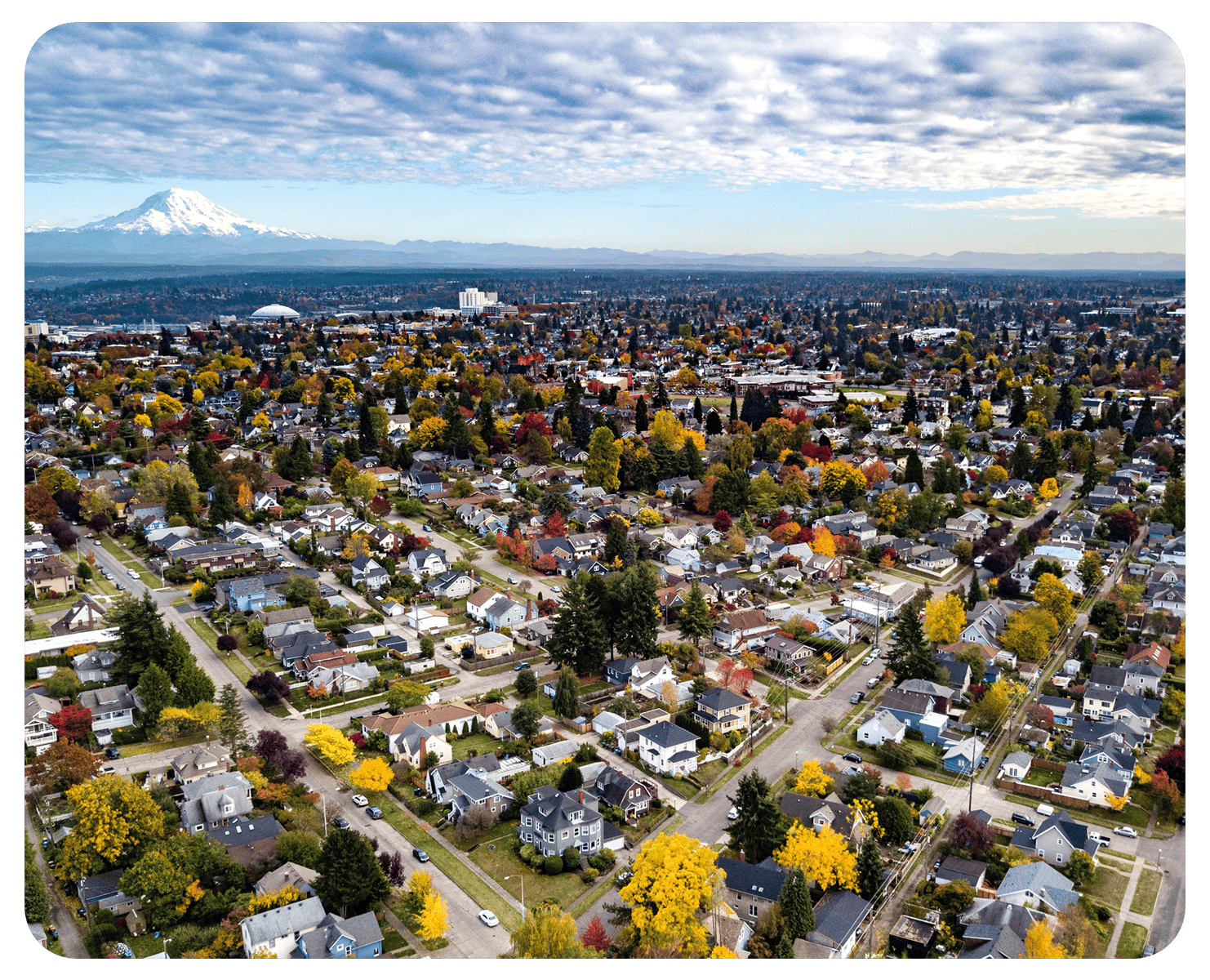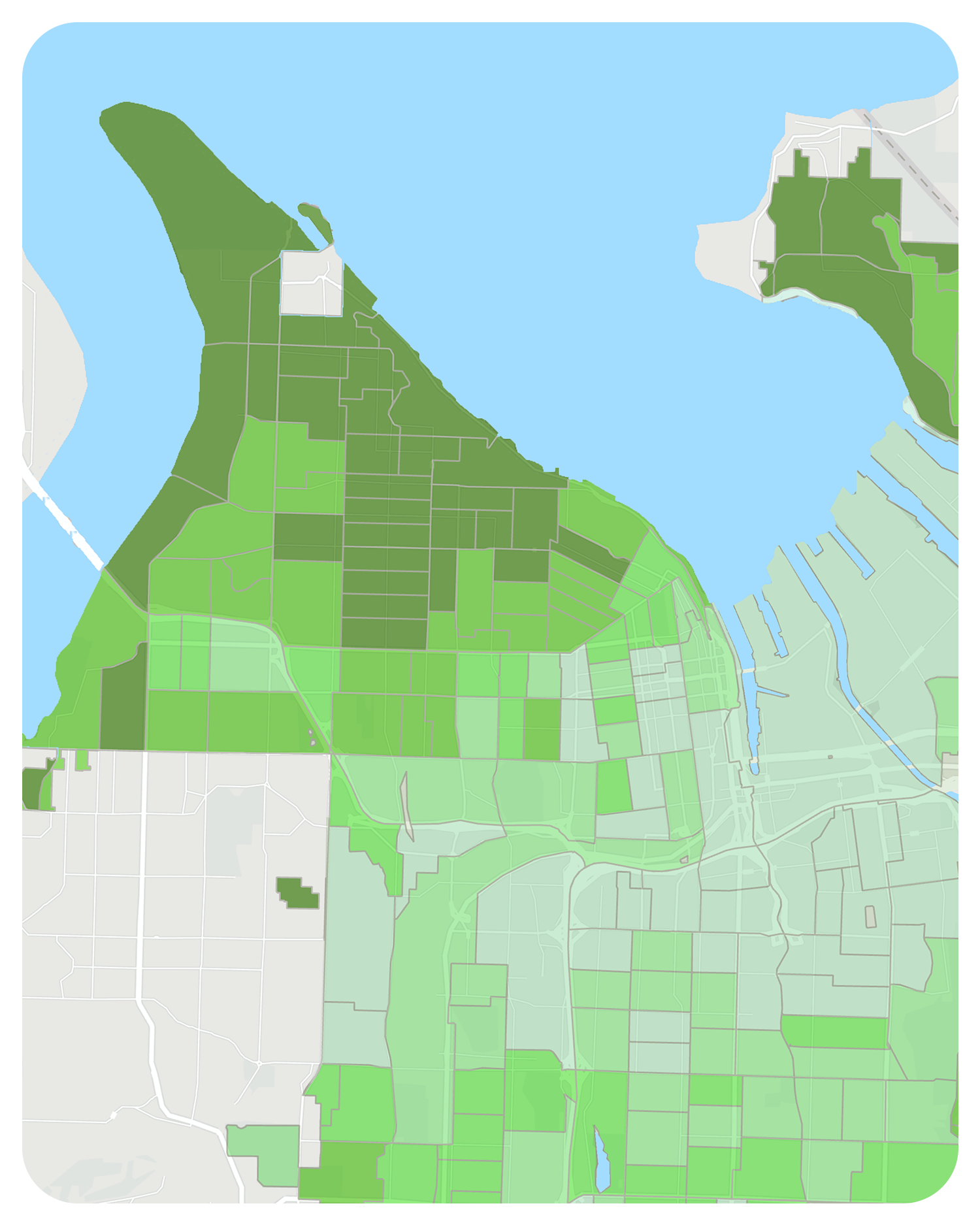Develop an equity strategic plan
Every government, nonprofit, and business can advance equitable outcomes with an equity strategic plan. Geographic information system (GIS) technology is essential to developing a successful equity strategy.
With a geographic approach, you can understand where to allocate resources, how you can address equity and social justice issues, and make informed decisions.







